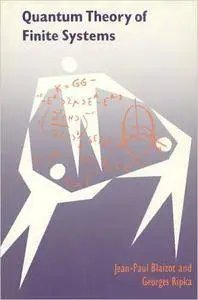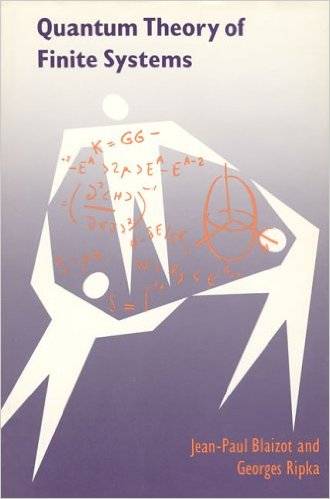Jean-Paul Blaizot, Georges Ripka, "Quantum Theory of Finite Systems"
1985 | pages: 662 | ISBN: 0262022141 | DJVU | 4,4 mb
1985 | pages: 662 | ISBN: 0262022141 | DJVU | 4,4 mb
This book provides a comprehensive and pedagogical account of the various methods used in the quantum theory of finite systems, including molecular, atomic, nuclear, and particle phenomena. Covering both background material and advanced topics and including nearly 200 problems, Quantum Theory of Finite Systems has been designed to serve primarily as a text and will also prove useful as a reference in research.
The first of the book's four parts introduces the basic mathematical apparatus: second quantization, canonical transformations, Wick theorems and the resulting diagram expansions, and oscillator models. The second part presents mean field approximations and the recently developed path integral methods for the quantization of collective modes. Part three develops perturbation theory in terms of both time-dependent Feynman diagrams and time-independent Goldstone diagrams. A fourth part discusses variational methods based on correlated wavefunctions, including spin correlations. The approximation schemes are formulated for fermions and bosons at eigher zero or non-zero temperature.
Although the formalism developed applies to both finite and infinite systems, the book stresses those aspects of the theory that are specific to the description of finite systems. Thus special attention is given to mean field approximations, the ensuing broken symmetries, and the associated collective motions such as rotations. Conversely, some specific features of systems with infinite numbers of degrees of freedom (such as the thermodynamic limit, critical phenomena, and the elimination of ultraviolet divergencies) are deliberately omitted.
Jean-Paul Blaizot and Georges Ripka are associated with the Centre d'Etudes Nucleaires de Saclay.
My Links



